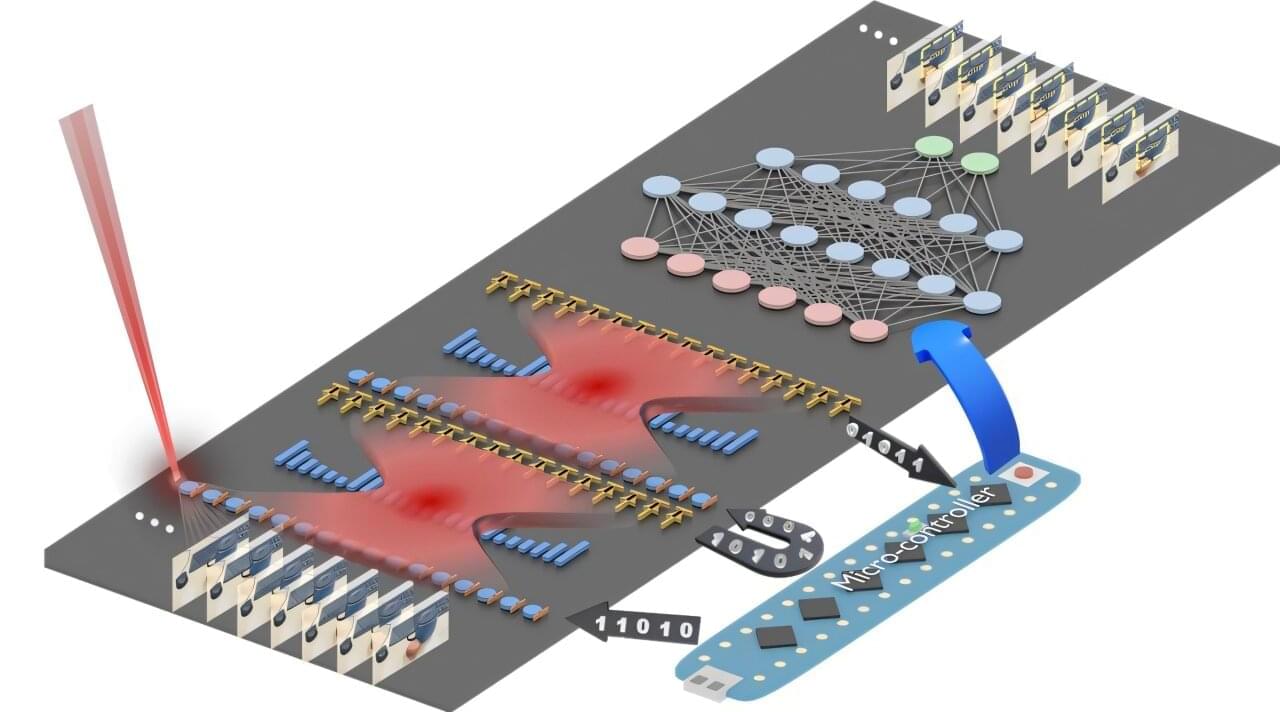A team of scientists from China and the U.S. is pioneering the development of bubble-powered robots, which could one day replace needles for painless drug delivery into the body. Inspired by nature, the researchers developed a new technique that harnesses the energy released by a collapsing bubble in a liquid, a process known as cavitation.
The natural world has evolved ingenious ways to exploit cavitation for movement. For example, ferns use it within specialized cells in their sporangia to catapult spores, and mantis shrimps snap their appendages with such force that the resulting bubbles collapse with enough energy to stun their prey.
In their study, published in the journal Science, the team details how they used cavitation as a propulsion system for tiny robots. They built millimeter-sized robots, called “jumpers,” out of titanium dioxide, polypyrrole and titanium carbide that heated up quickly when hit by a laser.






